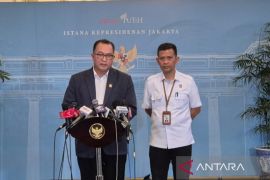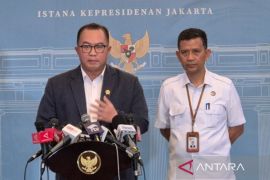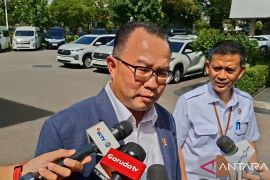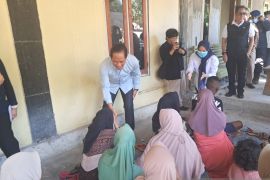Purna Sulastya Putra, a senior researcher at BRIN's Geological Disaster Research Center, said in Jakarta on Wednesday that each type of tsunami has distinct features, including wave length, reach, and sediment characteristics.
"Tsunamis triggered by landslides, such as those in Palu or Anak Krakatau, typically produce shorter waves with limited reach. In contrast, tectonic tsunamis, like those in Aceh and Nias in 2004, can travel much farther inland," he explained.
Putra said that analyzing differences in sediment characteristics between various tsunami sources allows researchers to better understand ancient tsunami events, particularly in areas where no written records exist.
The BRIN team is currently studying two major events: the 2018 Palu tsunami and the tsunami triggered by the eruption of Mount Anak Krakatau. These cases are helping researchers extract key geological parameters to identify the mechanisms behind each wave formation.
"This approach is essential for effective mitigation because it supports the development of early warning systems tailored to the specific threats in each region," Putra said.
He added that mapping tsunami types also enriches Indonesia's national data repository and supports risk-based coastal development planning — an urgent priority for the archipelago, which lies along the seismically active Pacific Ring of Fire.
Related news: Local governments urged to review tsunami alert systems
Related news: BMKG lifts tsunami alert after Russia's Kamchatka earthquake
Translator: Primayanti
Editor: Anton Santoso
Copyright © ANTARA 2025












